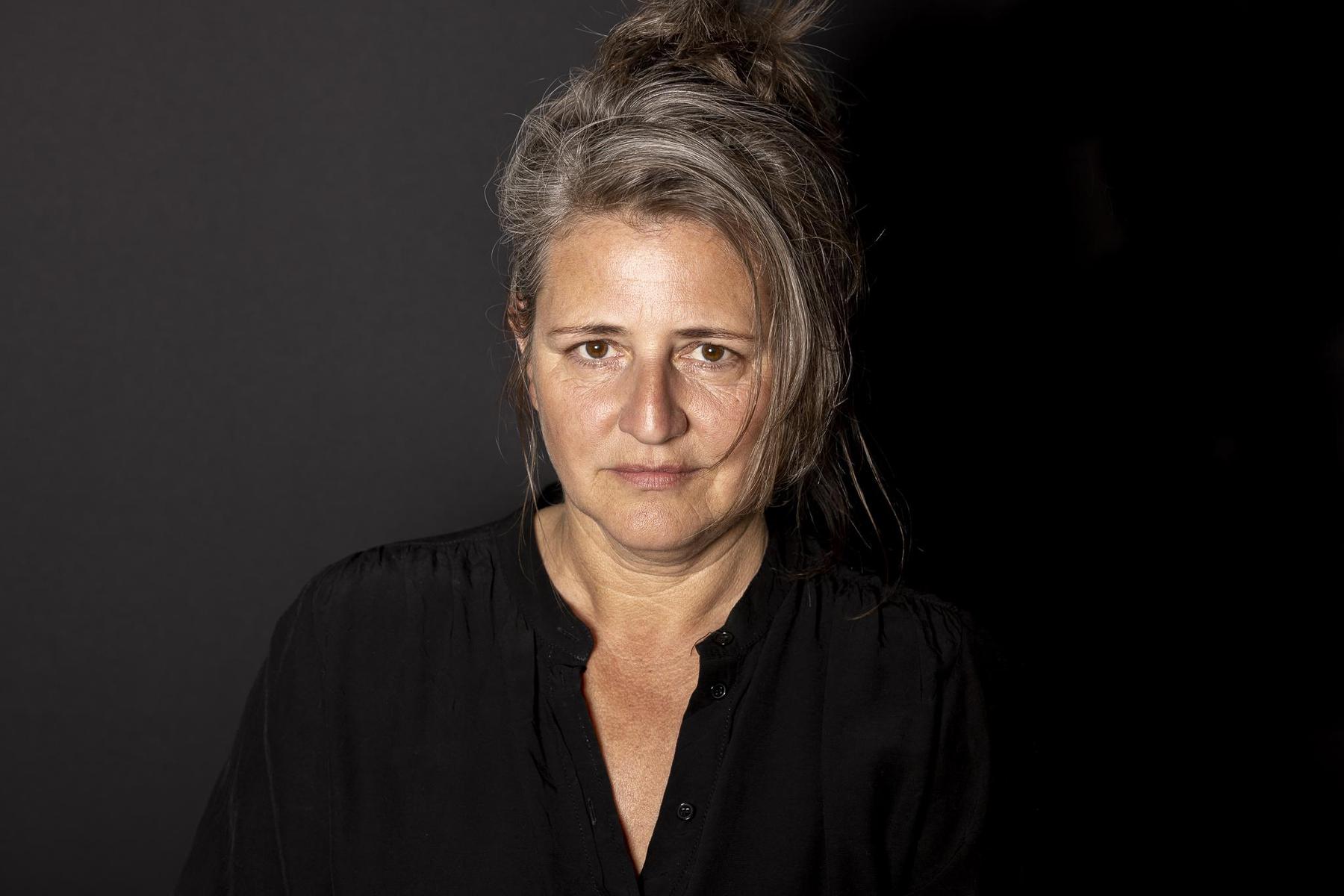Column | It’s called shingles
:format(jpeg):fill(f8f8f8,true)/s3/static.nrc.nl/wp-content/uploads/2019/07/fritshome.png)
Until a few years ago, shingles was the graceful name of a not too bad disease. What could a belt of roses start for bad? At most a little discomfort, right?
I even came up with an inappropriate joke: could Amsterdammers call themselves sufferers on canal belt?
Then a note from an elderly Dutch pen friend from Canada got me out of my pink dream. « I suffer from a terrible rock, » she wrote, « I feel itch everywhere on my upper body and stabbing pain, I don’t know where to search. It’s called shingles. »
I saved it in my memory. She wouldn’t exaggerate, was she? No, she didn’t seem like the type for that.
A few weeks ago a shock was added. A retired colleague told me by telephone how miserable he felt lately: a lot of swollen, red, itchy spots in his face, he became redshank. « Make sure you don’t get it, you don’t know what happens to you, » he warned. He also said that good vaccination was possible, although very expensive. « You need it, » he advised with emphasis.
Only then did I seriously begin to delve into this disease. I read descriptions and recommendations and searched for a broadcast of the TV program Radar I had missed. I had not done that before because I have a certain shiver for information about diseases that you (maybe!) Do not have yet. Could all those descriptions not make you overly vigilant, unnecessarily scared with every pain? Can’t you wait better for the symptoms to manifest themselves more clearly?
It is an attitude, I realize more and more, which is at odds with the desirability of further investigation and possibly vaccination. An attitude that you can regret, especially at old age – that age above sixty, where shingles also causes the most disaster.
I read one of the brightest explanations about shingles on the website of the NVDV, the Dutch Association for Dermatology and Venereology. « Sheaths are caused by the Varicella-Zoster virus. This virus is also the cause of chickenpox. When a child has had chickenpox, after healing the virus remains in the body. This virus retreats to a nerve button next to the spinal cord. (…) In certain circumstances the virus can probably be active. » The NVDV adds: « Shingles is also contagious for people who have not had chickenpox. » The elderly and people with a serious illness are among the risk groups.
When I had processed all the information, the conclusion seemed inevitable to me at my age – 78 years: vaccination, preferably as quickly as possible. I am not the only one, there was mainly after the broadcast of Radar A run on the vaccine, even though vaccination is expensive: two puncture costs between 400 and 450 euros. The Health Council also advises vaccination, the more regrettable that the basic insurance does not reimburse it as standard. Not yet, an expert whispered me in, because in the long run the vaccine will become considerably cheaper.
« Eventually » sounds too slow when you are old.

:format(webp)/s3/static.nrc.nl/images/gn4/stripped/data132512191-bf7b93.jpg)
/s3/static.nrc.nl/images/gn4/data133305174-ec8c91.jpg)





